Dubai, one of the world’s fastest-growing cities, boasts an advanced infrastructure that supports its reputation as a global hub for tourism, business, and innovation. Among the critical components of this infrastructure is its sewerage system, designed to handle the city’s growing population and dynamic urban development. The DM sewerage guidelines serves as a guiding document for engineers, planners, and developers, ensuring the construction of efficient and sustainable sewerage networks.
Purpose of the DM Sewerage Guidelines
The DM Sewerage Guidelines of Dubai provides a standardized framework for designing, implementing, and maintaining sewerage systems. It aims to:
- Ensure Public Health and Hygiene: By providing guidelines for the collection, treatment, and disposal of wastewater, the manual minimizes the risk of waterborne diseases.
- Promote Sustainability: The manual incorporates modern practices and technologies to reduce environmental impact and promote water reuse.
- Maintain Efficiency: It establishes standards to ensure sewerage systems can handle varying flow rates and future urban expansion.
- Ensure Compliance: It ensures all projects adhere to local regulations and international best practices.
Key Components of the DM Sewerage Guidelines
1. Design Principles
The manual outlines essential design principles to achieve a functional and durable sewerage system. These include:
- Hydraulic Design: Emphasizes appropriate pipe sizes, slopes, and flow velocities to prevent blockages and overflows.
- Capacity Planning: Takes into account current and future population densities, industrial growth, and seasonal variations.
- Material Selection: Recommends durable, corrosion-resistant materials to withstand Dubai’s harsh climatic conditions.
2. Sewer Network Layout
DM sewerage network is planned to optimize service coverage and operational efficiency. The manual specifies:
- Gravity Sewers: Utilized where possible to minimize energy consumption.
- Pumping Stations: Deployed in areas where gravity flow is not feasible.
- Manhole Placement: Ensures easy access for inspection and maintenance while minimizing disruption.
3. Wastewater Treatment Guidelines
The DM sewerage guidelines includes protocols for wastewater treatment plants (WWTPs) to manage the city’s domestic and industrial waste. Key aspects include:
- Primary Treatment: Removal of solids and organic matter.
- Secondary Treatment: Biological treatment to degrade organic pollutants.
- Tertiary Treatment: Advanced filtration and disinfection for water reuse.
4. Environmental Considerations
Environmental sustainability is a cornerstone of the design manual. Guidelines are provided to:
- Minimize energy consumption in treatment processes.
- Ensure safe disposal of sludge and other by-products.
- Promote treated wastewater reuse for landscaping, irrigation, and industrial applications.
5. Emergency and Contingency Planning
To address potential failures or emergencies, the manual includes:
- Backup systems for critical components.
- Risk assessment and mitigation strategies.
- Maintenance schedules and operational protocols.
Technological Integration
Dubai’s sewerage system design leverages state-of-the-art technologies. The manual encourages:
- Smart Monitoring: Use of IoT-enabled sensors for real-time monitoring of flow rates, blockages, and system health.
- GIS Mapping: Comprehensive mapping of sewer networks to enhance planning and maintenance.
- Automated Maintenance: Deployment of robotic systems for inspection and cleaning of pipelines.
Compliance and Approval Process
All sewerage design projects in Dubai must comply with the manual’s guidelines. The approval process includes:
- Preliminary Design Submission: Developers submit initial plans for review by Dubai Municipality.
- Detailed Design Approval: A thorough assessment of technical details, including hydraulic modeling and environmental impact.
- Construction Oversight: Periodic inspections ensure adherence to approved designs and standards.
- Final Certification: Issued after successful project completion and compliance verification.
Challenges and Future Directions
Despite its robust framework, Dubai’s sewerage system faces challenges such as rapid urbanization, climate change, and the need for continuous technological upgrades. To address these issues, future revisions of the manual may include:
- Enhanced focus on climate-resilient infrastructure.
- Integration of AI for predictive maintenance.
- Expansion of water reuse applications to meet growing demand.
Download DM Sewerage Guidelines Summary
Download DM Sewerage Guidelines Summary
Conclusion
The DM sewerage guidelines is a testament to the city’s commitment to excellence and sustainability in urban development. By adhering to its guidelines, Dubai ensures a clean, efficient, and future-ready sewerage system that supports its vision of becoming a smart and sustainable city. As Dubai continues to grow, the manual will remain a vital tool in shaping its infrastructure and safeguarding public health and the environment.




